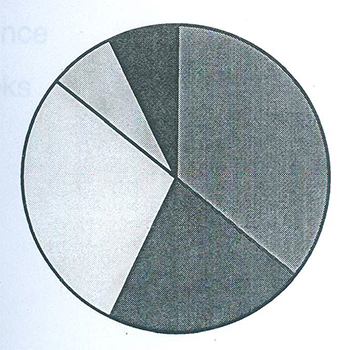Today, when the process of liberalisation is under way, many changes are taking place in Indian industry. Company identities are metamorphosing, brands are revamping & business perception of design is shifting from the domain of the effete to a valid concern for even the most hardheaded managers.
Product design is the final destination of industrial design and engineering design. The former is concerned with aspects of the product that relate to the customer or user, especially appearance and styling; the latter concentrates on the structure or function of the product and its economic manicure. However, the skills required in the practise of industrial design frequently overlap those of engineering design and, sometimes, of other related disciplines such as ergonomics.
Designing may be viewed as being concerned with the preparation of appropriate solutions to marketing problems. These problems may be explicit or implicit; in either case, a key activity in designing is to review the associated symptoms or circumstances and accurately define or redefine the problem. Then analysis, iteration, and simulation are used to drive a feasible solution.
As part of such a process of design, many activities may be involved, including generating novel concepts, reviewing and modifying existing concepts, carrying out experiments, building samples, and seeking the constructive advice and judgement of others. Consequently, those engaged in this work must possess skills of creativity, analysis, synthesis, and communication, as well as knowledge of technical data, existing solutions, and current and future trends in design.
